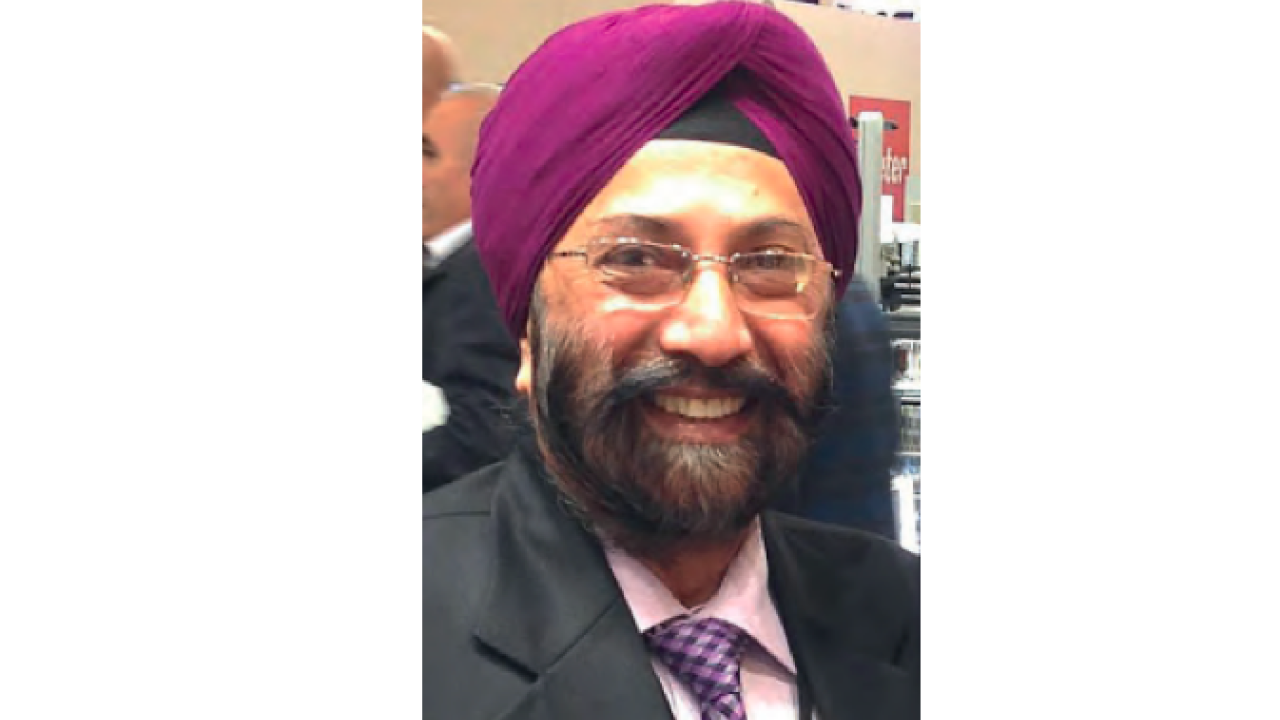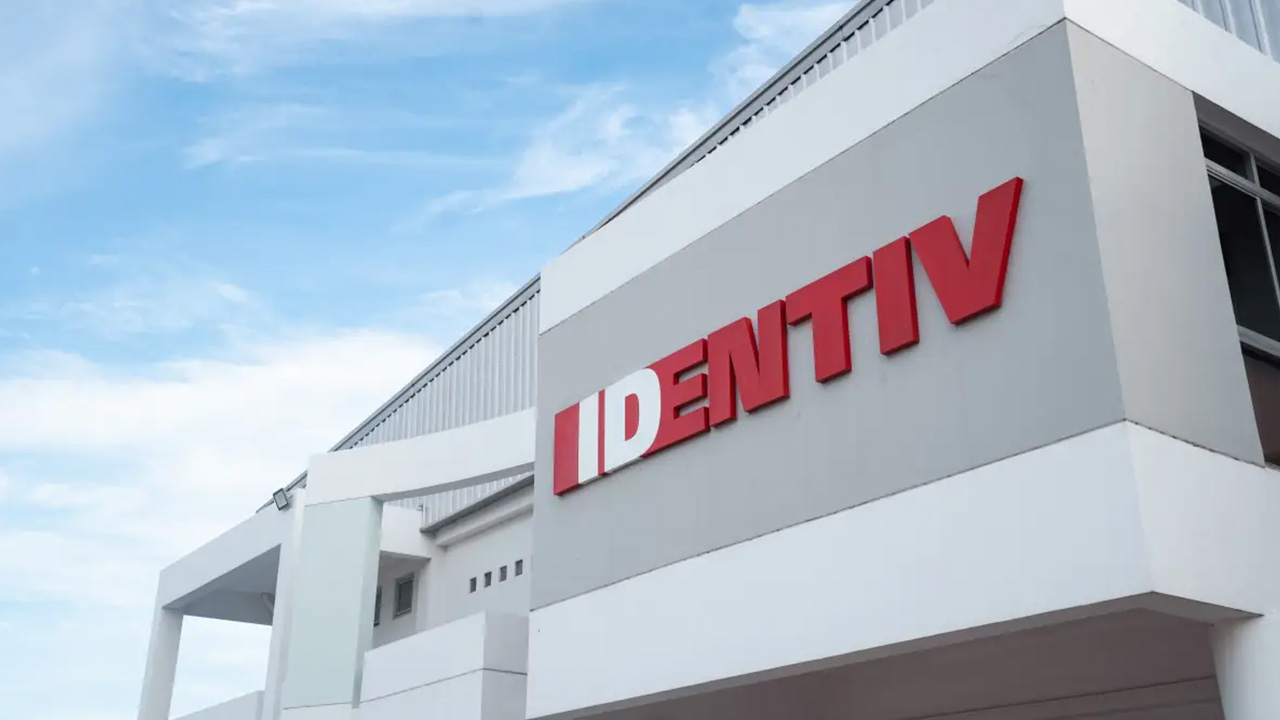Industry figures: Harveer Sahni

However, it wasn’t the same forty years ago. Harveer Sahni, chairman at Weldon Celloplast, who has been in the label industry since 1978 when his company installed its first siliconizing coater, recalls: ‘A US-based company, Johnson & Johnson, first started manufacturing pressuresensitive labels in India on a rotary label press in 1965. However, it sold only converted labels, not the raw material to print them so there was no knowledge sharing at that time.’
Manohar Das Bhatia is believed to have converted the first pressure-sensitive label in India in 1965. ‘He used PVC facestock with pressure-sensitive adhesive supplied by Calico and a polyethylene sheet as a release liner. Silicone release liners were not available in those days and polyethylene provided for a very tight release due to which the paper would tear off,’ explains Sahni. Jagdish Zaveri of Preeti Arts started printing PS labels around the same time as Bhatia.
In 1971, Suresh Doshi, a textile merchant, imported a Kroenert coater for his new venture, producing self-adhesive wall papers. His company Shanti Lal Doshi & Co was ready to produce labelstock in India by 1973. Metroark, now Wacker Metroark, used to provide silicone release coating to make release paper.
Around the same time another entrepreneur, Jeetubhai Shah, imported an Iwasaki machine from Japan to die-cut labels in any shape. Sahni says: ‘He started a new company, International Trading Co, to produce PS labels. Japan had floated its currency that year so his machine became cheaper by 15 percent when it landed in India. And Doshi was ready to produce labelstock by the time Shah’s machine arrived. So, the timing worked out well. Shah had to advertise in newspapers to get business and bagged Siemens as his first client. His USP was locally made flatbed dies, as opposed to expensive rotary dies used by competitor Johnson & Johnson. International Trading company and later with its sister company Global Graphics were the first roll-format customers for Shantilal Doshi and Co.’
Doshi’s efforts led to the expansion of the label industry to other parts of India. He convinced Mumbai-based Bharat Mehta of Super Labels to start printing labels on a Siki press in 1976, and encouraged Dilip Sutaria to set up Better Labels in 1979 in Chennai. He also appointed agents in north India and found a customer in the east of the country, thus extending his business around India.
‘A surge in pressure-sensitive labels was seen in 1975 when the national political party, introduced self-adhesive bindis that most Indian women put on their forehead. At the same time, another law was imposed to make a minimum retail price marking on all consumer packages,’ says Sahni. After this development, more silicone coaters were imported into the country in late 1970s.
Surge
More solvent-based adhesive, acrylic emulsion adhesive and hotmelt coaters were brought into the country in the 1980s. This decade also saw a surge in the number of label printers across the country. ‘Pharma was perhaps the first to shift from wet-glue to pressure-sensitive labels, and this drove the growth of the PS label industry,’ says Sahni.
In the 1990s, Avery Dennison set up its manufacturing facility in India. ‘The entry of the biggest labelstock manufacturer of the world into India changed the way people looked at the local industry. It started to become more professional and mature. Many printers scaled growth during this decade and the label industry flourished with a growing market,’ says Sahni. It was in early 1990s that Weldon Celloplast ventured into manufacturing labelstock after being a commercial siliconizer.
The new century saw several press and ancillary equipment manufacturers making inroads into the industry. A trade exhibition, India Label Show, dedicated to the label sector, was launched in 2002, and was then taken over by Tarsus Group – organizer of Labelexpo – in September 2007.
In 2002, industry stalwarts came together to found the Label Manufacturers’ Association of India (LMAI), an Indian label association that represents label printers and suppliers. The association is now a part of the L9 and hosted the first L9 meet in India in 2018.
The Indian label industry continues to grow with multinational companies such as Huhtamaki, Skanem, ITW US, among others, bringing in more professionalism. There is an increasing number of quality Indian machine manufacturers who find their presses running alongside sophisticated European and American presses. ‘Label printers are investing in advanced technologies to cater to not only the surging demand in the Indian market but also exporting to mature markets worldwide,’ concludes Sahni.
This article was first published in Labels & Labeling issue 6, 2018.
Stay up to date
Subscribe to the free Label News newsletter and receive the latest content every week. We'll never share your email address.

